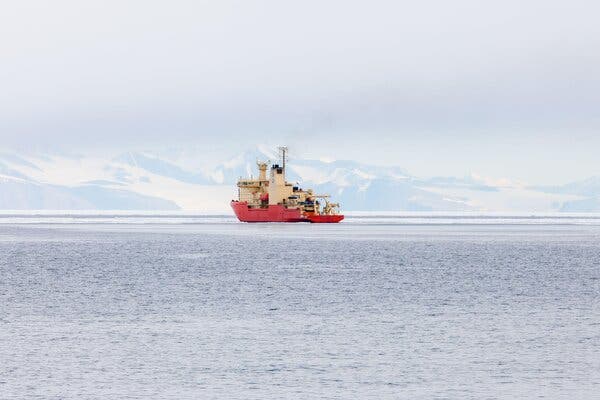The Bellingshausen Sea, a remote and ice-laden region near Antarctica, plays a critical role in shaping the future of global coastlines.
Warm ocean currents circulating around Antarctica reach the continental shelf here, directly impacting the massive ice sheet and accelerating melting processes that contribute to rising sea levels worldwide.
Andy Thompson, an environmental scientist at the California Institute of Technology, expressed enthusiasm for an upcoming expedition to the Bellingshausen Sea, describing it as a landmark journey in oceanographic exploration comparable to a lunar mission.
However, proposed budget cuts under the current administration threaten to retire the Nathaniel B. Palmer, the United States’ only icebreaker dedicated to Antarctic scientific research.
The proposed funding reductions also halt progress on a successor vessel planned for deployment in the 2030s, jeopardizing the continuity of U.S. polar research capabilities.
Officials justify the cuts by citing the need to allocate resources toward maintaining America’s three aging Antarctic research stations. Nonetheless, experts warn that these measures could undermine decades of leadership in studying the Southern Ocean, where warming waters fueled by fossil fuel emissions erode the Antarctic ice from beneath.
After nearly fifty years of continuous U.S. presence with dedicated research vessels in Antarctic waters, retiring the Palmer would effectively forfeit access to one of the planet’s least explored regions to other countries. Given the high demand for foreign research ships, polar specialists caution that American scientists may face significant challenges securing alternative passage for their work.


0 Comments
No comments yet. Be the first to comment!